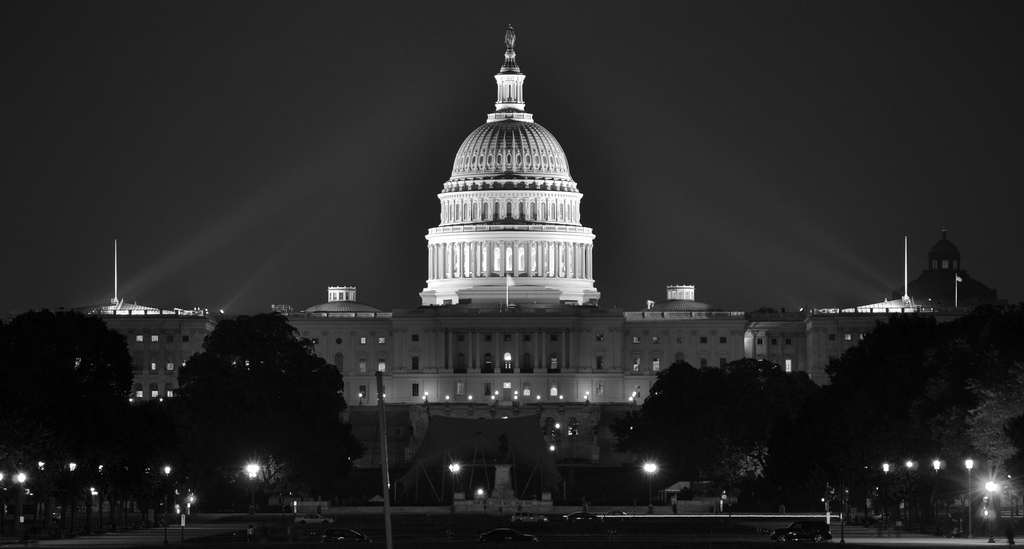Will getting rid of the unemployment benefits launched during the COVID-19 pandemic encourage more people to return to work? New data seem to say no.
The Keystone Research Center — a Harrisburg-headquartered nonpartisan economics research and policy development org that also houses the Pennsylvania Budget and Policy Center — published new findings based on national and state-level data on jobs and unemployment from September. Several states had already chosen to withdraw from the federal unemployment benefits earlier in the summer, but the program ended for all other states in the first week of September, providing the first month of data on whether or not removing those benefits affected job growth.
The state unemployment rate dropped slightly to 6.2% from August numbers. Meanwhile, the civilian labor force also decreased by 16,000 and the total non-farm jobs decreased by 7,900. The U.S. overall added 194,000 jobs in September, though many saw this as a disappointing statistic that indicated slower progress toward economic recovery than initially hoped for. In total, Pennsylvania still lags behind the pre-pandemic jobs numbers of February 2020 by 350,000.
“The Pennsylvania jobs report for September echoed the earlier U.S. September jobs report in delivering a resounding ‘no’ to the question ‘did the end of more generous pandemic unemployment benefits lead workers to pour back to factory gates and retail stores and restaurants with ‘help wanted’ signs?’” wrote Stephen Herzenberg, economist and executive director of the Keystone Research Center, in a press release. Actually, Pennsylvania saw a decrease in both the number of jobs and the size of the labor force last month.
While the Pennsylvania numbers behind these trends are only based on one month’s worth of data right now, Herzenberg said these same patterns are happening in the states who cut off the benefits early.
“Looking at the numbers for the 25 states that cut off benefits early and the 25 states that didn’t, you find that job growth, since those cutoffs began, is slightly faster in the states that didn’t cut off the benefits,” told Technical.ly.

The U.S. Capitol in the spotlight. (Photo by Flickr user BKL, used under a Creative Commons license)
To Herzenberg, who previously worked for the U.S. Congressional Office of Technology Assessment and the U.S. Department of Labor, that trend indicates that there’s more to employment patterns right now than the pay alone.
“Childcare is one big reason, and another big reason is that there are people who are concerned about their health,” he said, adding that the persistence of the pandemic means many in-person workplaces remain unsafe for those who are especially risk-averse.
The growing indication that taking away unemployment benefits doesn’t promote job growth is frustrating, Herzenberg said, especially paired with the fact that now those without a job have been sapped of the extra spending money they had. In the midst of the pandemic’s recession, those unemployment benefits acted as what Herzenberg called an “automatic stabilizer” — a way to ensure that people who lose their jobs don’t completely lose their income and are still able to fuel the economy with spending.
With that gone, the economy is at risk of returning to the kind of “vicious cycle” the country saw in the early 1930s, he said. When an employer lays people off or reduces wages during a recession, there’s less consumer demand as a result, which in turn makes it difficult for companies to generate the revenue needed to hire people and increase wages, in a theory that Herzenberg and other economics refer to as underconsumption.
But there might be a solution. If employers go for the carrot, rather than the stick, that could be enough to bring workers back, Herzenberg said. As of Wednesday afternoon, he was confident that the federal Build Back Better policy plan (which is set to pass any day now) would contain at least some provisions for child care and parental leave, both of which he thinks would result in significant improvement to the jobs numbers. However, as of Wednesday evening, it appeared that Democrats may be dropping that program from the package.
Beyond what’s outlined in the legislation though, Herzenberg hopes that employers will learn “to pay people decently to give them that carrot.” But money is only part of the story, as $300 per week benefits only amount to an annual takeaway of $15,600. Even when the employment benefits were $600 per week, that totals to just over $30,000.
“Anyone who’s making $30,000 or up is much better off” going to work, he said, in terms of earnings alone. But since data show those income differences simply haven’t been enough to drive people back to work, “I think the other factors are a bigger part of the story.”
Sophie Burkholder is a 2021-2022 corps member for Report for America, an initiative of The Groundtruth Project that pairs young journalists with local newsrooms. This position is supported by the Heinz Endowments.Before you go...
Please consider supporting Technical.ly to keep our independent journalism strong. Unlike most business-focused media outlets, we don’t have a paywall. Instead, we count on your personal and organizational support.
Join our growing Slack community
Join 5,000 tech professionals and entrepreneurs in our community Slack today!

The man charged in the UnitedHealthcare CEO shooting had a ton of tech connections

From rejection to innovation: How I built a tool to beat AI hiring algorithms at their own game

How a laid-off AI enthusiast pivoted to become a founder — while holding down a day job


